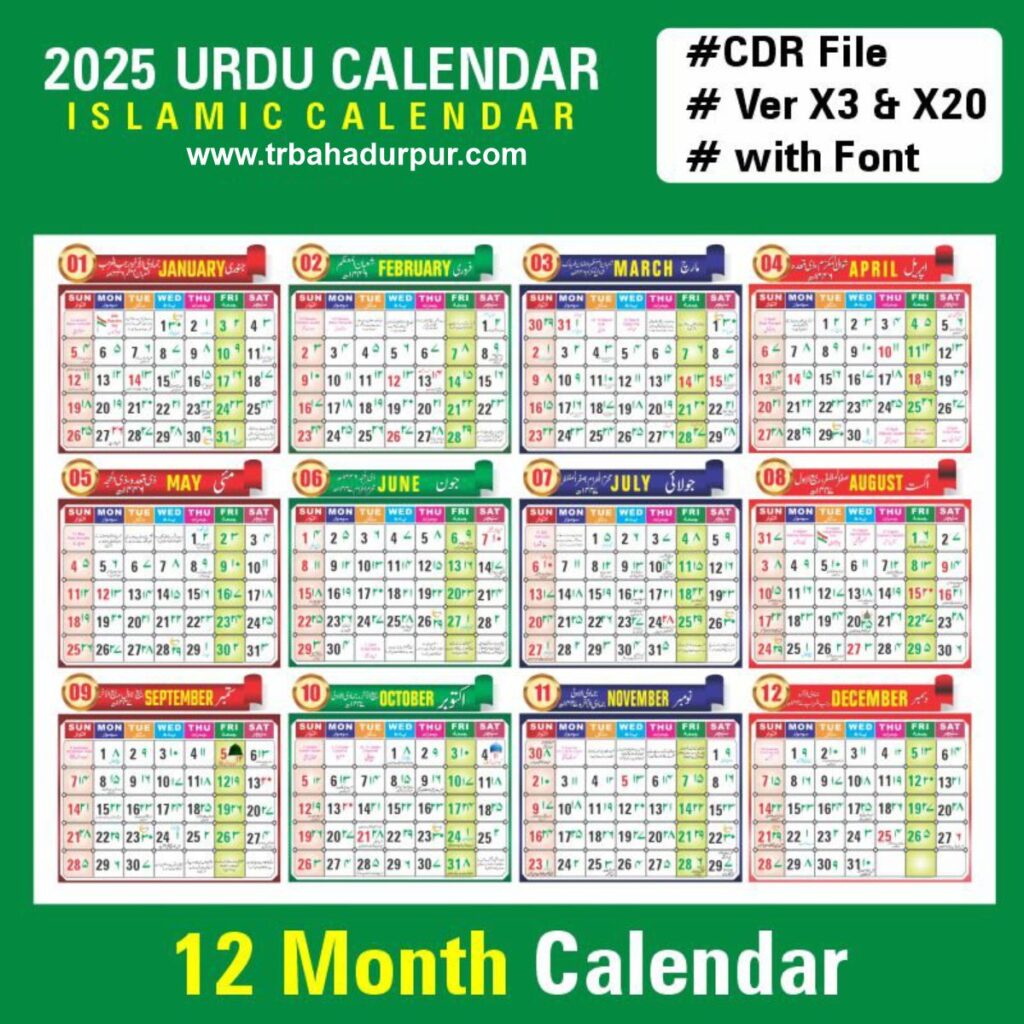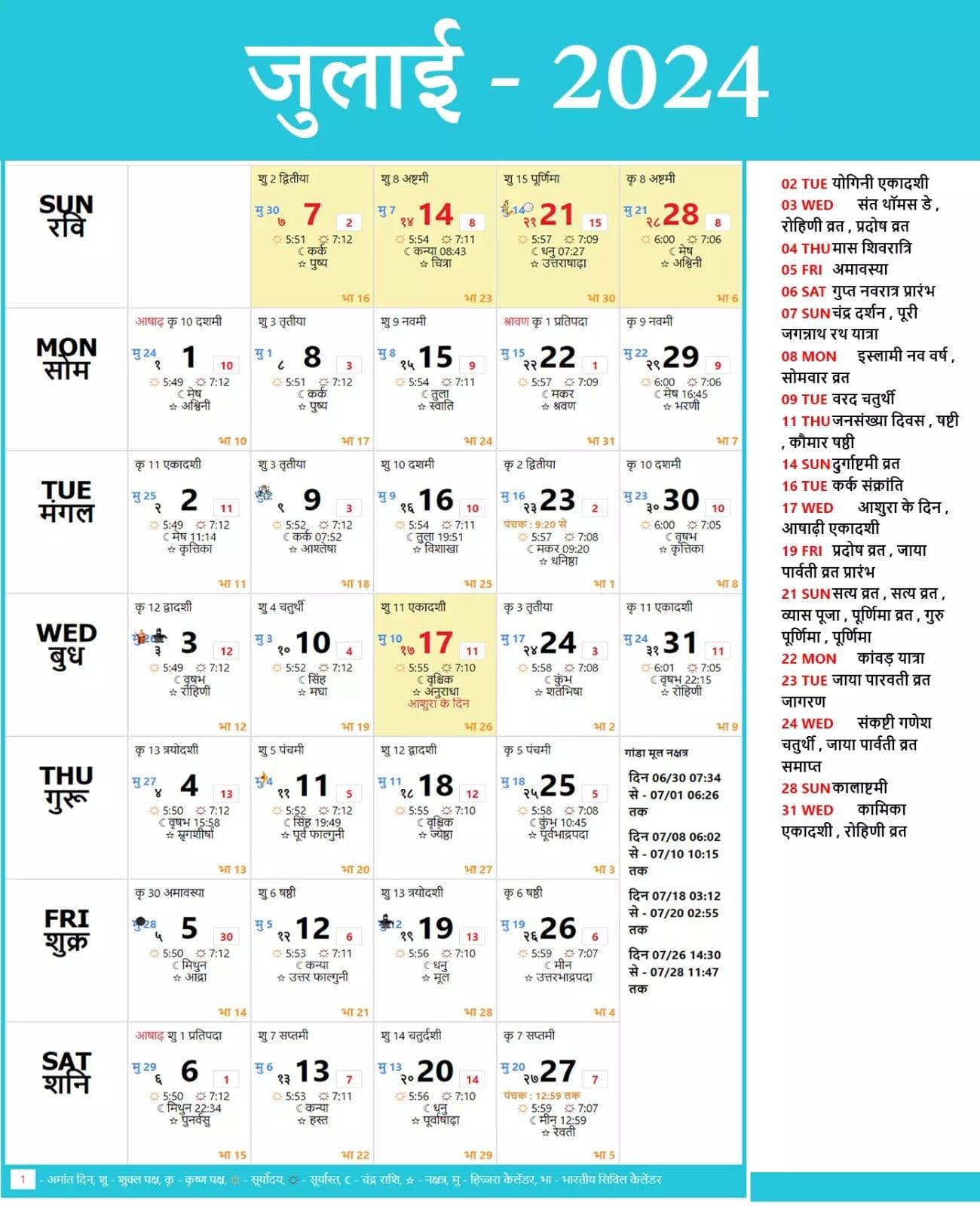
Introduction
The concept represented by "2026 july ka calendar" signifies a fundamental element within modern societal organization, encompassing a range of practices, traditions, and applications that profoundly shape daily life and broader cultural or professional landscapes. Understanding the intricacies of the calendar for this specific period provides clarity about its background, its present relevance, and the way it continues to influence various aspects of society, from personal appointments to global economic cycles. This period, like any other, is not merely a sequence of days but a framework upon which human activity is structured, enabling foresight, coordination, and the efficient allocation of resources. Its systematic arrangement allows for the planning of events, the observance of significant dates, and the general navigation of time, making it an indispensable tool in both individual and collective endeavors.
Definition and Origin of 2026 july ka calendar
At its core, the 2026 July calendar refers to the specific arrangement of days, weeks, and dates for the seventh month of the year 2026, as dictated by the Gregorian calendar system. This system, widely adopted across the globe, is a solar calendar that calculates a year based on the Earth’s revolution around the sun, comprising 365 days, with an extra day every four years (a leap year) to account for the actual astronomical period. The origin of calendar systems dates back to ancient civilizations, which developed methods to track time primarily for agricultural purposes, religious observances, and the organization of social life. Early calendars were often lunar, based on the cycles of the moon, or lunisolar, combining both lunar and solar observations.
The Gregorian calendar itself was introduced by Pope Gregory XIII in 1582, a reform of the Julian calendar, which had accumulated significant errors over centuries due to an inaccurate calculation of the solar year. The Gregorian reform adjusted the length of the average year to 365.2425 days, bringing it much closer to the true tropical year. This refinement ensured that seasonal events, such as the equinoxes and solstices, remained consistent with their traditional dates. Therefore, the structure of July 2026, with its 31 days and specific weekday assignments, is a direct descendant of this centuries-old effort to standardize and accurately measure time, providing a universal framework for scheduling and coordination.
Importance of 2026 july ka calendar Today
The importance of the calendar for July 2026 extends far beyond its simple function as a date tracker; it serves as a critical organizational tool for individuals, businesses, and governments worldwide. For individuals, it facilitates personal planning, enabling the scheduling of vacations, appointments, family gatherings, and the management of daily routines. Without a clear chronological framework, coordinating even simple activities would become chaotic. In the business realm, the calendar is indispensable for project management, financial reporting, marketing campaigns, and employee scheduling. Fiscal quarters, deadlines, and product launches are all meticulously planned around specific dates, with July often marking the beginning of a new financial period for many organizations.
Culturally and socially, the calendar helps to preserve traditions and facilitate community events. While July is typically associated with summer in the Northern Hemisphere, bringing with it holidays like Independence Day in the United States and various summer festivals, its structure allows for the consistent observance of these events. Educational institutions rely on it for academic calendars, setting terms, examination periods, and holidays. Furthermore, international relations and global commerce depend heavily on a synchronized calendar system, ensuring that agreements, shipments, and communications can be coordinated across different time zones and nations. The consistent, predictable structure of July 2026 thus underpins much of the world’s operational efficiency and social cohesion.
Benefits of 2026 july ka calendar
The structured arrangement of July 2026 offers numerous benefits, primarily centered on enhancing organization, efficiency, and foresight. One of the foremost advantages is improved time management. By providing a clear layout of days and weeks, it allows for the effective allocation of time to various tasks and commitments, preventing overscheduling and missed deadlines. This clarity empowers individuals and organizations to prioritize activities, ensuring that critical objectives are met within specified timeframes.
Another significant benefit is the facilitation of forward planning. Whether it involves setting long-term goals, scheduling future appointments, or planning events months in advance, the calendar provides the necessary framework. This capability is crucial for strategic decision-making in business, personal development, and educational pursuits. It allows for the anticipation of future needs and the proactive preparation for upcoming challenges or opportunities.
Furthermore, the calendar aids in avoiding conflicts and overlaps. When multiple individuals or departments share a common schedule, the visual representation of available time slots helps to prevent double-booking and ensures smooth coordination. This is particularly vital in collaborative environments, where synchronized efforts are essential for project success. The universal adoption of the Gregorian calendar means that these benefits are globally transferable, allowing for seamless international planning and communication. Ultimately, the systematic nature of July 2026 contributes to reduced stress, increased productivity, and a more orderly approach to both personal and professional life.
Applications of 2026 july ka calendar
The applications of the July 2026 calendar are diverse, touching nearly every aspect of modern existence. In personal life, it is utilized for scheduling medical appointments, planning family vacations, managing household chores, and tracking personal milestones. Digital calendar applications, synchronized across multiple devices, have become commonplace, allowing for reminders and shared schedules among family members. For students, it helps in organizing study schedules, tracking assignment due dates, and planning for examinations.
Professionally, the calendar is indispensable. Businesses use it for project timelines, meeting schedules, budget cycles, and employee shift planning. Marketing departments plan campaigns around specific dates, while sales teams track quotas and client interactions. Human resources departments use it for onboarding new employees, managing payroll cycles, and scheduling performance reviews. Event planners rely heavily on the calendar to book venues, coordinate vendors, and publicize events, ensuring that all elements align perfectly for successful execution.
In the realm of public services, government agencies use the calendar for legislative sessions, public holidays, tax deadlines, and the deployment of public health initiatives. Transportation networks depend on precise scheduling for flights, trains, and buses. Even scientific research relies on accurate timekeeping for experiments, data collection, and conference presentations. The universal language of the calendar for July 2026 ensures that these varied applications can function harmoniously, providing a stable foundation for complex societal operations.
Challenges and Future of 2026 july ka calendar
While the calendar for July 2026, and indeed the Gregorian calendar system as a whole, provides immense utility, certain challenges and future considerations exist. One challenge lies in the increasing complexity of modern life, where individuals and organizations often juggle multiple projects and commitments, leading to potential calendar overload and difficulty in prioritizing. The proliferation of digital tools, while beneficial, can also create fragmentation if not managed effectively, with different platforms and applications potentially leading to disjointed schedules. Ensuring seamless integration and synchronization across various digital calendar ecosystems remains an ongoing effort.
Another aspect involves the cultural variations in time perception and holiday observances. While the Gregorian calendar is dominant, many cultures also adhere to their traditional calendars (e.g., lunar calendars for religious festivals), requiring a dual approach to scheduling for those communities. This can introduce complexities in international business and cross-cultural communication.
Looking to the future, the evolution of artificial intelligence and machine learning is poised to further transform how calendars are utilized. Smart calendars could potentially automate scheduling based on preferences, optimize travel routes, and even predict future needs, offering proactive suggestions for time management. Integration with virtual assistants and smart home devices will likely become more sophisticated, creating highly personalized and responsive scheduling environments. The emphasis will shift from merely tracking dates to leveraging data for predictive planning and intelligent automation, ensuring that the fundamental structure of July 2026 continues to serve as a robust framework for increasingly dynamic and interconnected lives.
FAQs about 2026 july ka calendar
Q1: What is 2026 july ka calendar?
A1: The 2026 July calendar refers to the specific layout of days, weeks, and dates for the seventh month of the year 2026, structured according to the globally adopted Gregorian calendar system. It details the 31 days of July, indicating which day of the week each date falls on.
Q2: Why is 2026 july ka calendar important?
A2: It is crucial for organizing personal, professional, and cultural activities. It enables effective time management, facilitates forward planning, helps avoid scheduling conflicts, and provides a universal framework for coordination across different individuals, organizations, and nations.
Q3: What are the main benefits of 2026 july ka calendar?
A3: Key benefits include improved time management, enhanced capability for long-term planning, efficient coordination of tasks and events, and the prevention of scheduling overlaps. It contributes to increased productivity and reduced stress by providing a clear chronological structure.
Q4: How can 2026 july ka calendar be applied in daily life?
A4: It is applied daily for scheduling appointments, planning vacations, managing work projects, tracking academic deadlines, coordinating social events, and observing public holidays. Digital versions offer reminders and synchronization across devices for greater convenience.
Q5: What challenges are associated with 2026 july ka calendar?
A5: Challenges include managing calendar overload in complex schedules, ensuring seamless synchronization across various digital platforms, and accommodating cultural differences in timekeeping. Future developments aim to address these through intelligent automation and better integration.
Tips for 2026 july ka calendar
To maximize the utility of the July 2026 calendar, several practical approaches can be adopted.
- Understand the fundamentals. Familiarize oneself with the basic structure of the month, including weekends, public holidays, and any significant personal or professional deadlines. This foundational knowledge is essential for effective planning.
- Focus on practical use. Integrate the calendar into daily routines. Whether using a physical planner or a digital application, consistently update and review entries. Prioritize tasks and allocate realistic time slots to avoid overcommitment.
- Stay updated on new trends or research. While the calendar structure is fixed, the tools and methodologies for managing time are constantly evolving. Explore new digital calendar features, productivity apps, and time management strategies that can enhance efficiency.
- Avoid common mistakes. Be mindful of common pitfalls such as procrastination, failing to account for travel time between appointments, or not building in buffer time for unexpected delays. Double-checking entries and sharing schedules where appropriate can mitigate errors.
- Adopt a long-term approach. While focusing on July 2026, consider how its schedule fits into broader annual and multi-year plans. This perspective allows for strategic goal setting and ensures that short-term actions align with long-term objectives, promoting sustained progress.
Conclusion about 2026 july ka calendar
The 2026 July calendar stands as a testament to humanity’s enduring need for order and foresight. Its continuing importance cannot be overstated, serving as an indispensable framework for structuring both individual lives and complex societal functions. The calendar’s role is deeply embedded in cultural observances, professional operations, and personal well-being, providing the clarity necessary to navigate time effectively. While the challenges of managing increasingly intricate schedules and integrating diverse digital tools persist, the fundamental benefits of a standardized timekeeping system far outweigh these complexities. As technology advances, the calendar is poised to become even more intelligent and integrated, ensuring its central element in progress and relevance into the future. The ability to plan, coordinate, and anticipate remains crucial, making the structure of July 2026 a cornerstone of modern existence.






Leave a Reply